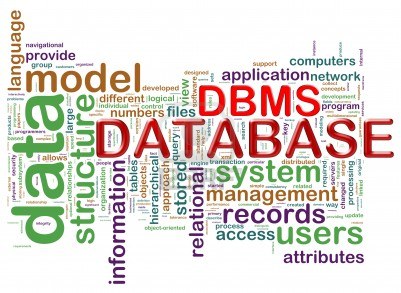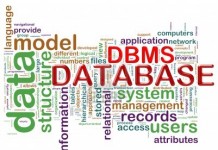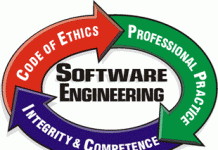Dear Aspirants,
Welcome to the Professional Knowledge Section in Affairscloud.com. Here we are providing sample questions in DBMS. It will be useful for the IBPS SO IT officer and SBI Assistant Manager(System). We have also included some important questions that are repeatedly asked in previous exams.
- Which operator is used to select values within a range?
(A) WITHIN
(B) RANGE
(C) BETWEEN
(D) None of the above(C) BETWEEN - Which of the following is the most common type of Join?
(A) INNER JOIN
(B) INSIDE JOIN
(C) JOINED
(D) None of the above(A) INNER JOIN - DBMS may be combined with or used by ______ type of transaction manager.
(A) DB2
(B) Customer Information Control System (CICS)
(C) Oracle
(D) None of the above(B) Customer Information Control System (CICS) - The _____clause is used to specify the number of records to return.
(A) FROM
(B) WHERE
(C) SELECT TOP
(D) None of the above(C) SELECT TOP - In SQL, Wildcard characters are used with the _______ operator.
(A) LIKE
(B) RANGE
(C) BETWEEN
(D) None of the above(A) LIKE - Which operator allows to specify multiple values in a WHERE Clause?
(A) LIKE
(B) IN
(C) BETWEEN
(D) None of the above(B) IN - In SQL,which of the following wildcard character is used as a substitute for Zero or more characters?
(A) *
(B) _
(C) ^
(D) %(D) % - The basic unit of PL/SQL variant is called a _____
(A) block
(B) cell
(C) table
(D) None of the above(A) block - Which of the following is a special type of stored procedure that is automatically invoked whenever the data in the table is modified?
(A) Curser
(B) Trigger
(C) Both (A) & (B)
(D) None of the above(B) Trigger - __________ are used to temporarily rename a table or heading of a column.
(A) Wildcards
(B) Constraints
(C) Joins
(D) Aliases(D) Aliases
AffairsCloud Recommends Oliveboard Mock Test
AffairsCloud Ebook - Support Us to Grow
Govt Jobs by Category
Bank Jobs Notification





